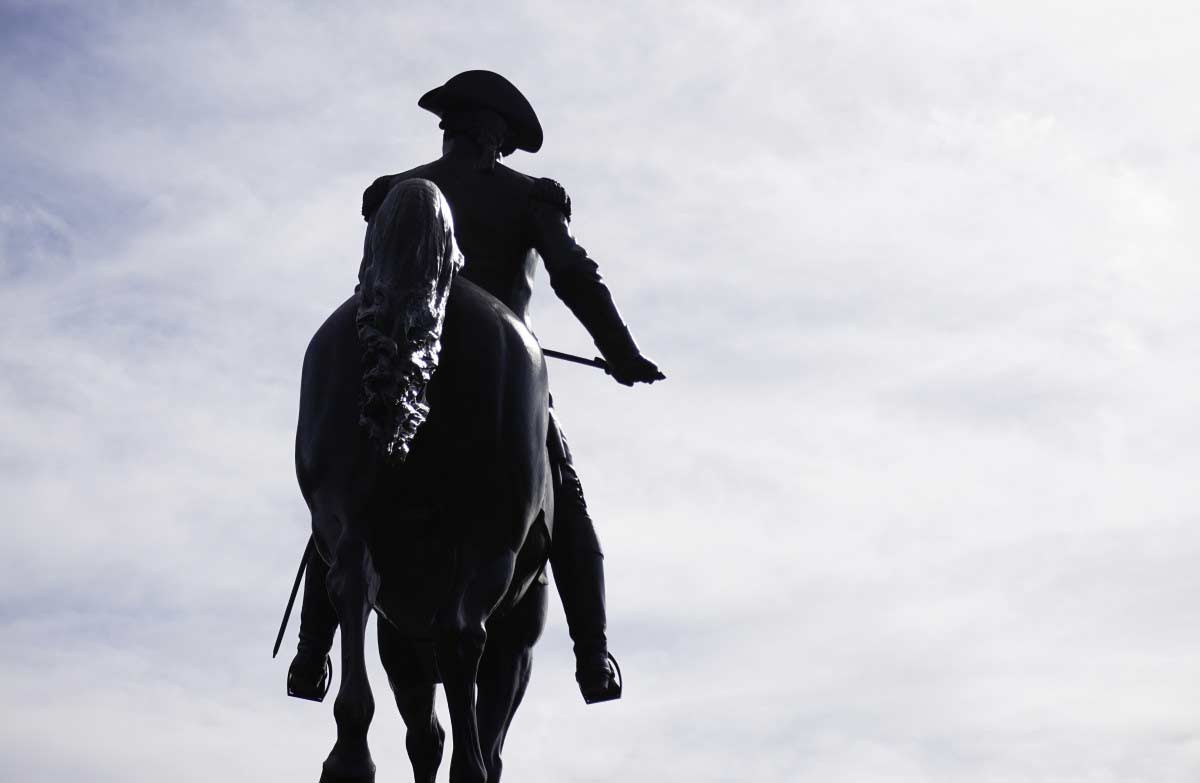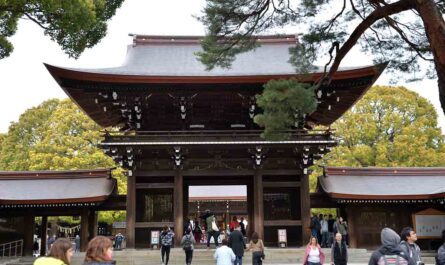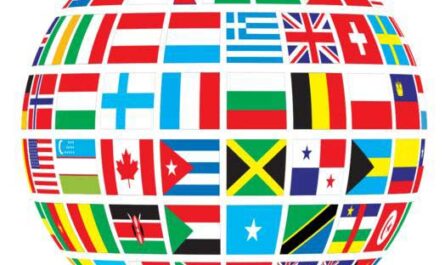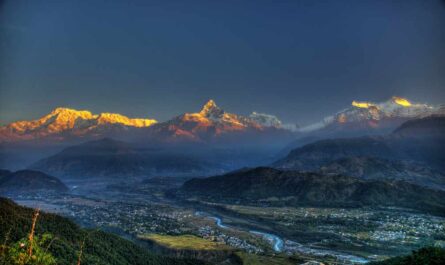There are many interesting facts about Russia. This big Asian country has a lot of surprises, achievements, geography, history, art, culture, and lifestyles. Russia, the world’s largest country, spans Eastern Europe and Northern Asia. It boasts diverse landscapes, including the vast Siberian wilderness, Ural Mountains, and iconic cities like Moscow and St. Petersburg. The predominant religion is Russian Orthodoxy, shaping both culture and traditions. The economy relies heavily on natural resources, particularly oil and gas, though diversification efforts are underway. Russians, known for their resilience, value strong family ties and hospitality. This article has interesting facts about Russia.
Interesting Facts about Russia: Travel, History, Culture
In the business realm, entrepreneurship is gaining momentum, with a growing startup ecosystem in cities like Moscow. The technology sector is expanding, fostering innovation in areas like AI and space exploration. Historical richness is evident in landmarks like the Kremlin, and customs are deeply rooted, with a strong emphasis on literature, ballet, and classical music. Traditional dress reflects historical influences, while modern fashion is also embraced. Here are some interesting facts about Russia:
Russia’s Financial Standing on the Global Stage
Russia boasts the distinction of housing the eighth-largest financial system worldwide, underscoring its significant economic prowess. This nugget of information places Russia in an elite league of nations, signifying its substantial contribution to the global economic landscape. As a powerhouse, Russia’s economic clout spans a myriad of sectors, solidifying its position as a key player in the intricate web of international finance.
1. The Veil of Corruption Shrouding Russia
Intriguingly, Russia harbors a complex narrative when it comes to corruption, unveiling a less flattering side to its socio-political fabric. Russia’s Corruption Perceptions Index was 28 index points in 2023, shedding light on the prevalence of corruption within its systems, ranking 144th on the Corruption sub-index. This revelation punctuates the challenges the nation faces in fostering transparent governance and underscores the intricacies surrounding its battle against corruption.
2. Moscow: The Billionaire Haven
Moscow, the vibrant capital of Russia, stands as an unparalleled residence for billionaires, boasting a staggering count of 74, a statistic that eclipses any other city on the face of the globe. This glittering metropolis, nestled along the Moskva River, emerges as a playground for the elite, where opulent lifestyles and extravagant wealth intertwine in a mosaic of luxury. The city’s skyline, adorned with towering structures and modern marvels, echoes the affluence that permeates its streets. From oligarchs to tycoons, Moscow’s elite denizens shape an exclusive realm of prosperity, underscoring the city’s stature as the global epicenter of billionaire residency.
3. Russia’s Economic Portrait: Per Capita Enigma
Delving into the economic tapestry of Russia reveals a paradoxical facet—its per capita income hovers around $14,000, a figure that beckons scrutiny and contemplation. Within this monetary dichotomy, the nation unfolds as a land of contrasting narratives, where wealth and income distribution paint a nuanced picture. This intriguing fact, often overshadowed by stereotypes and preconceived notions, prompts a closer examination of Russia’s economic identity. Amidst the opulence of its billionaires, a broader canvas emerges, capturing the diverse economic experiences that define the lives of millions across this expansive nation.
4. The Heartbeat of Russia: A Tale of Health
Russia, steeped in history and enigma, reveals a startling health narrative—one where heart-related diseases cast a long and somber shadow. A poignant fact surfaces: three times more Russians succumb to cardiovascular ailments annually compared to their American and European counterparts. This statistical disquietude not only underscores the nation’s health challenges but also beckons reflection on the socio-cultural factors influencing public well-being. Within the pages of Russia’s medical annals lies a narrative that transcends statistics, weaving a tale of resilience, healthcare disparities, and the persistent struggle against the silent adversaries that haunt the hearts of its people.
5. Lake Karachay: A Toxic Haven
Nestled in the heart of Russia, Lake Karachay stands as a stark testament to environmental degradation, earning the dubious distinction of being arguably the most polluted place on Earth. Its unfortunate proximity to the Mayak Production Association, Russia’s paramount nuclear facility, only exacerbates the dire situation. The Mayak complex, notorious for multiple nuclear meltdowns, has unleashed a series of hazardous leaks into the Techa River, an artery that inexorably flows into the beleaguered Lake Karachay.
The water’s toxicity is so egregious that desperate measures have been taken to contain the menace. Concrete, in copious amounts, has been poured into the lake, forming an eerie aquatic landscape. This concrete barrier, a desperate attempt to shield the shore from radioactive sediment, stands as a grim reminder of humanity’s impact on the environment. Lake Karachay, once a serene body of water, now embodies the harsh consequences of industrial neglect and nuclear mishaps.
6. Urban Mosaics: Russia’s Population Quilt
In the sprawling expanse of Russia, where the landscapes shift from the Arctic tundra to the subtropical beaches of the Black Sea, a mosaic of urban life unfolds. Approximately 73.8% of the nation’s populace calls the urban centers home, weaving the vibrancy of city life into the cultural tapestry. The largest cities, pulsating with life and diversity, stand as testaments to Russia’s dynamic identity. Moscow, the bustling capital with its 10.523 million denizens, takes center stage alongside St. Petersburg, Novosibirsk, Yekaterinburg, and Nizhniy Novgorod, each a unique node in the intricate network of Russian urbanity. This urban quilt, rich in history and modernity, encapsulates the kaleidoscope of experiences that define Russia’s demographic landscape.
7. The Cosmic Milestones of Soviet Space Exploration
Rewind to 1957, a watershed moment in history marked by the United States launching the inaugural artificial satellite, Sputnik, into the vast expanse of space. This milestone catapulted humanity into a new era of exploration, with Sputnik becoming an emblem of scientific achievement. Fast forward to 1961, and the world witnessed another Soviet triumph with Yuri Gagarin’s historic orbit around Earth aboard the Vostok spacecraft. Gagarin’s venture etched an indelible mark, making him the pioneering human to journey into the cosmos.
8. A Sobering Reality: Alcohol-Related Mortality in Russia
Beyond the cosmic feats and economic might, Russia grapples with a sobering statistic that shadows its societal landscape. An alarming revelation unveils the devastating impact of alcohol poisoning, claiming the lives of a staggering 40,000 Russians annually. This dark reality gains further gravity when dissecting the statistics for Russian men, as a harrowing one in every five deaths is attributed to alcohol. This stark correlation underscores the profound societal challenges posed by alcohol-related health hazards, painting a nuanced portrait of the country’s public health struggles.
9. Unparalleled International Borders
Russia, a geopolitical giant, shares its vast borders with an astonishing 14 different nations. This includes a diverse array of neighbors, ranging from European countries such as Norway, Finland, Estonia, Latvia, and Lithuania to Eurasian counterparts like China, Ukraine, Georgia, Azerbaijan, Kazakhstan, and Mongolia. The eclectic mix even extends to a unique neighbor in the form of North Korea. In a geopolitical quirk, Russia stands alone in holding the distinction of having the most international borders, revealing an aspect of its geography that is both intricate and unparalleled on the global stage.
10. Intriguing Time Zone Complexity
Navigating the vastness of Russia involves traversing through a staggering array of time zones, showcasing the country’s sheer geographical diversity. A total of nine time zones sprawl across the expanse of the nation, underscoring the enormity of its landmass. Interestingly, Russia adheres to daylight savings time throughout its entirety, adding an element of temporal complexity to its already intricate geographical tapestry. This unique temporal arrangement contributes to the enigmatic nature of Russia’s timekeeping, setting it apart as a country where time unfolds across a vast and diverse canvas.
11. Lenin’s Eternal Rest: A Peculiar Spectacle
In the heart of Moscow’s Red Square, a macabre and enduring spectacle awaits visitors—the mummified body of Vladimir Lenin, the architect of Russian communism. Since his demise in 1924, Lenin’s corpse has been on public display, except for a brief respite during World War II when it was temporarily relocated to Siberia. This peculiar facet of Russian history serves as one of the intriguing tidbits about the country.
Preservation, a bizarre artistry in itself, is achieved through embalming techniques and injections of an enigmatic “balsam.” Lenin, despite the ravages of time, remains remarkably well-preserved within the confines of his tomb. This morbid exhibition, veiled in historical significance, stands as a testament to Russia’s complex relationship with its past, blending reverence and the surreal.
12. Norilsk: The Chilling Realities of Environmental Desolation
Beyond the urban sprawl and architectural marvels, Russia bears the burden of hosting Norilsk, a city shrouded in environmental desolation. In a land where extremes are the norm, Norilsk claims the dubious title of the world’s most polluted city. Its bleak narrative is compounded not only by an unforgiving climate, with an average temperature hovering at a bone-chilling 15.5°F but also by the insidious presence of heavy metals saturating the atmosphere.
The city’s pollution is so severe that the surface soil itself holds economic value, prompting the grim irony of mining one’s own habitat. Norilsk’s skies, once pristine, are now tainted by the byproducts of industrial fervor. This unsettling reality unfolds as one of the vital facts encapsulating Russia’s environmental challenges, where a city’s survival is precariously entwined with the very pollutants that threaten its existence.
13. Peter the Great’s Facial Hair Tax
Delving into the historical annals of Russia, a peculiar tax enacted by Peter the Great at the twilight of the 17th century emerges as a testament to the eccentricities of governance. In an audacious bid to usher in modernity, Peter the Great imposed a tax on facial hair, a distinctive levy that propelled individuals sporting beards and mustaches into an unusual obligation. Those daring to flaunt facial hair were mandated to carry a conspicuous copper or bronze token, a tangible symbol affirming their compliance with this peculiar tax—a quirky historical tidbit that reflects the distinctive endeavors in shaping Russian society.
14. Cold War Chronicles
Post-World War II, the geopolitical landscape witnessed a seismic shift, thrusting the Soviet Union and the United States into a protracted and tense ideological standoff—the Cold War. Beyond the geopolitical maneuvers and the ominous nuclear arms race, the Cold War fueled a propaganda war where anti-Western sentiments became a potent tool for the Soviet Union. In the wake of global conflict, the world witnessed an era characterized by the clash of democracy versus communism, a geopolitical ballet that unfolded on the stage of international relations, leaving an indelible mark on the course of history.
15. Matryoshka’s Japanese Connection
The enchanting tale of the iconic Russian nesting doll, the matryoshka, is intricately interwoven with a Japanese twist. Legend has it that the renowned Russian artist, Sergey Malyutin, deeply immersed in crafting a design for a quintessentially Russian wooden doll, stumbled upon an unexpected muse from Japan. A Japanese daruma doll, bestowed upon Malyutin, unveiled a world of wonder within its compact form, concealing a succession of smaller dolls. This cross-cultural encounter birthed the inception of the beloved matryoshka, fusing Russian craftsmanship with a touch of Japanese charm, creating an artistic synthesis that transcends borders.
16. Vladimir Putin’s Political Journey
Vladimir Putin, a dominant figure in Russian politics, held the position of President from 1999 until 2008. Following constitutional limitations preventing him from pursuing a third consecutive term, Putin’s political influence persisted as the subsequent president, Dmitri Mendeleev, appointed him as Prime Minister. This strategic move positioned Putin effectively, paving the way for his triumphant return to the presidency in 2012. The intricate dynamics of his political trajectory make this era a captivating chapter in Russia’s political narrative.
17. Evolution of Presidential Terms in Russia
Before the pivotal year 2008, the Russian presidency adhered to a restrictive structure, permitting leaders to serve only two consecutive terms of four years each. However, a transformative shift occurred, extending the presidential term limit to two consecutive terms of six years. This alteration in the political landscape signifies a nuanced aspect of Russia’s governance evolution, contributing to the nation’s political uniqueness.
18. Putin’s Unparalleled Popularity
Despite facing considerable scrutiny from the Western world, a compelling 2014 poll unveiled a staggering 87% approval rating for President Putin among Russian citizens. This unprecedented level of support remains unparalleled and stands in stark contrast to the approval ratings of United States presidents. The pervasive sentiment among Russians is that Putin embodies a “strong leader” capable of revitalizing Russia and restoring it to its former glory, adding a layer of complexity to the perception of Russian politics.
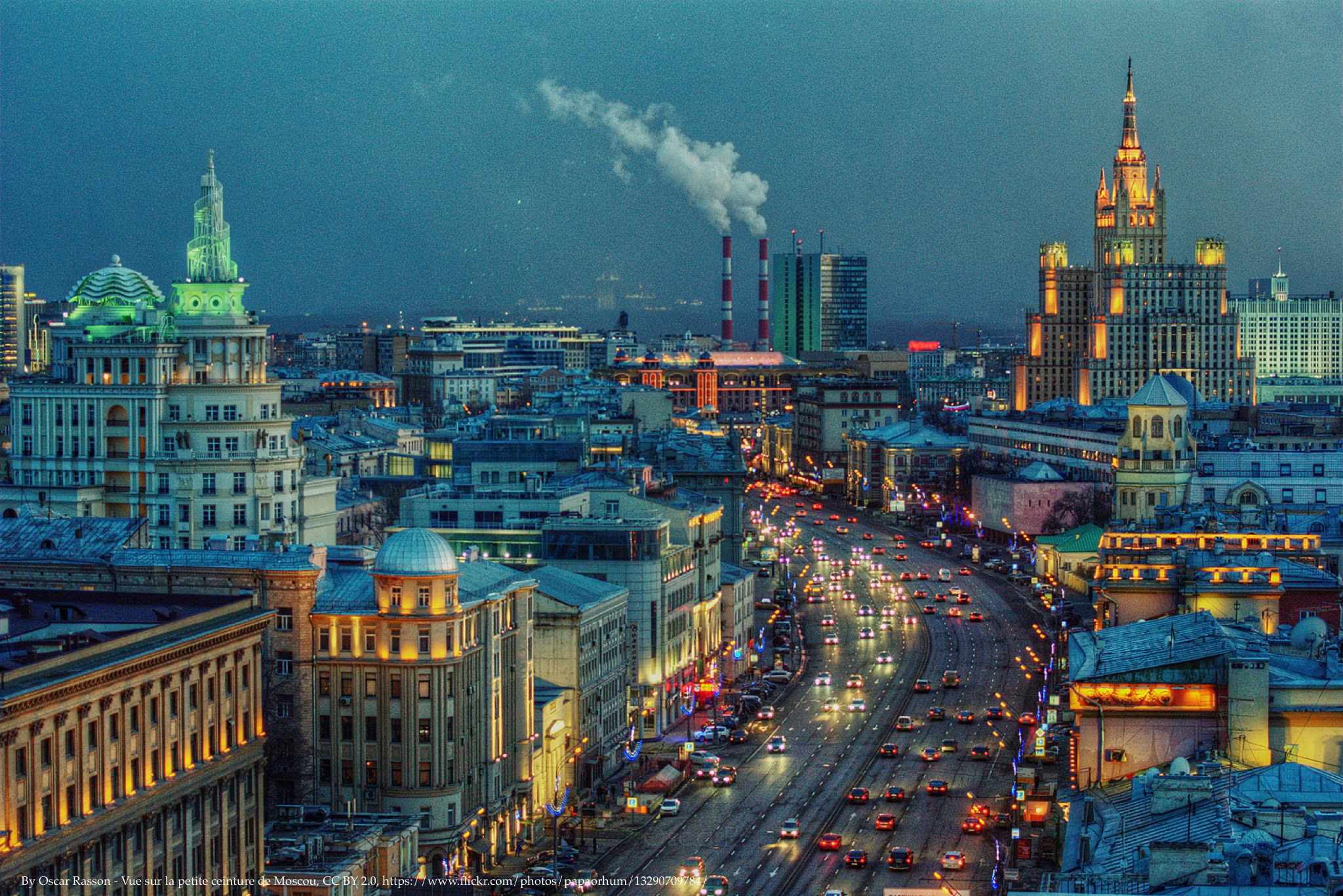
19. Soviet Pedagogy: Lenin, Stalin, and the Motherland Narrative
During the era of Stalin’s communist rule, the narrative woven into the educational fabric of Russian schools portrayed Vladimir Lenin, the architect of communism, as the grandfather of the Russian people. Joseph Stalin, in turn, was designated as the father, and Russia itself, as the “Motherland.” This ideological framework, crafted by the Soviet regime, sought to instill a sense of lineage and allegiance among the younger generation. The classrooms became arenas where political ideologies were woven into the very fabric of identity, shaping the worldview of generations to come.
20. Vast Expanse of Russian Territory
Russia, the world’s largest country, boasts a staggering expanse of land, and a substantial portion of its immense territory is enveloped by the vast wilderness of Siberia. In a compelling revelation, a remarkable 60% of Russia is adorned with dense forests, evoking a captivating image of natural grandeur. What adds an intriguing layer to this ecological tapestry is the revelation that half of these lush woodlands remain untouched, unexplored, and eerily uninhabited by human presence, creating a mystique that stretches across the country’s vast wilderness.
21. Frigid Extremes in Oymyakon
Nestled in the Yakutia region of Siberia, the city of Oymyakon stands as a testament to the harsh extremities of climate, earning its place as one of the coldest inhabited cities on the planet. The historical record chills the imagination, recounting a bone-chilling moment in 1938 when the temperature plummeted to an astonishing -77.8°C (-108°F). Even during the comparatively milder months of December and January, the average temperature lingers at a staggering -50°C (-58°F). Oymyakon’s frigid embrace exemplifies the resilience of human habitation in the face of extraordinary climatic adversities, making it a fascinating facet of Russia’s diverse landscape.
22. Dark Shadows: The Human Toll of Russian Communist Rule
The annals of Russian history are marked by a somber chapter under the shadow of communist rule. Over 70 years, historians estimate that a staggering 12.5 to 20 million or more Russians succumbed to the grim realities of execution, famine, and imprisonment. This macabre toll on human life casts a haunting pall over the historical landscape of the nation. The echoes of this period reverberate through the collective memory, underscoring the immense human cost exacted by the ideological machinations of a bygone era. It is a reminder of the complexities and tragedies woven into the fabric of Russia’s past.
23. Dynamics of Public Support and Perception
The profound approval for Putin is not merely a statistical anomaly but is deeply rooted in the belief that he is a resolute leader capable of implementing policies that resonate with the aspirations of the Russian populace. The assertion gains credence when considering the contrast in public opinion between Russia and the Western world. Putin’s leadership style, characterized by strength and a commitment to national resurgence, has fostered a unique brand of political loyalty among Russians, painting a vivid picture of the intricate interplay between leadership and public sentiment.
24. Impact on Corruption Landscape
Upon assuming office in 1999, Putin inherited a landscape where the average Russian company paid a modest sum of US$23,000 in bribes annually. However, a notable transformation occurred during his initial four years in power. By 2003, the average annual bribe payment skyrocketed to $135,000 per company. This drastic shift in corruption dynamics is a testament to the intricate relationship between political leadership and the systemic challenges facing Russia, offering a detailed glimpse into the multifaceted aspects of the nation’s governance.
25. The Origin of Vodka: A Linguistic Debate
Vodka, often associated with Russia, is believed by many to have its roots in the Russian phrase for water, “voda.” However, this widely accepted notion is not without its skeptics. Some question whether vodka’s etymology can be traced back to the Polish word “wódka,” suggesting a potential origin in Poland rather than Russia. The debate over the linguistic origins of vodka adds a layer of intrigue to its already rich history and cultural significance.
26. Russia’s Unusual Perception of Beer
In a fascinating turn of events, it wasn’t until 2013 that beer was officially recognized as an alcoholic beverage in Russia. This unique aspect of Russian culture sets it apart from many other countries where the classification of beer as an alcoholic drink is an established norm. The delayed acknowledgment of beer as an alcoholic beverage adds an interesting nuance to Russia’s relationship with alcoholic drinks.
27. The Day of Conception in Ulyanovsk: Boosting Birth Rates Creatively
In a unique and unconventional effort to address the issue of low population growth, Governor Sergi Morozov of Ulyanovsk, Russia, ingeniously declared September 12, 2003, as the Day of Conception. On this extraordinary day, citizens are granted half of their workday to engage in endeavors aimed at conceiving a child. The inventive incentive system involves rewarding women who give birth closest to June 12, Russia’s National Day, with coveted prizes such as cars, cash, or household appliances. The result is a remarkable tripling of the area’s birth rate during June, a testament to the intriguing methods devised to tackle demographic challenges.
28. Russia’s Arsenal: A Formidable Global Presence
Russia stands as a formidable global force, boasting an arsenal of over 8,400 nuclear weapons—the largest in the world. Surpassing all other nations, this vast nuclear inventory underscores Russia’s significant role in the geopolitical landscape. Moreover, the nation claims the title of the second-largest exporter of conventional arms, encompassing battle tanks, fighter jets, and infantry fighting vehicles, following closely behind the United States. This military prowess positions Russia as a key player in the global arms trade, shaping international relations and security dynamics.
29. Trans-Siberian Railroad: A Monumental Journey Across Time and Space
The Trans-Siberian Railroad, a marvel of engineering, stands as the longest rail network on Earth, stretching an astonishing 9,289 kilometers (5,772 miles) and seamlessly traversing eight distinct time zones. Embarking on a journey along its expansive tracks demands a commitment of approximately one week aboard a train. This colossal testament to human ingenuity not only connects vast stretches of Russian landscapes but also serves as a testament to the sheer scale of the country. It is an odyssey through time and space, an experience that encapsulates the magnitude of Russia’s geographical expanse.
30. Communicative Diversity: A Myriad of Voices Across 1,000 Firms
Russia, a land of expansive dimensions and diverse cultures, boasts a staggering array of 1,000 licensed companies dedicated to providing communication systems. This multiplicity of firms underscores the complexity and richness of Russia’s technological landscape. From the bustling metropolises to the remote corners of the vast country, a myriad of voices and perspectives are interconnected through this extensive web of communication. It stands as a testament to Russia’s commitment to fostering diverse means of connectivity and bridging the gaps across its expansive territories.
31. The Enigmatic Fate of the Romanovs: A Historical Mystery Unraveled
Delving into the annals of Russian history, one encounters the mysterious and tragic fate of the last royal family—the Romanovs. In 1918, this regal lineage met a brutal end, with their remains eluding discovery until 1979 when they were found in the forest of Yekaterinburg. While the bodies of most family members were recovered, the whereabouts of the two children remained unknown, sparking persistent rumors that Anastasia, the youngest daughter, had somehow survived. This historical enigma continues to captivate minds, leaving an indelible mark on Russia’s rich and complex past. Motivation – Mind – Success – Thinking – Productivity – Happiness
32. Mail Order Brides: A Socioeconomic Pursuit
In a captivating intersection of tradition and aspiration, approximately 25,000 Russian women annually partake in Mail Order Bride programs, seeking an avenue to improve their circumstances by marrying affluent foreigners. This poignant phenomenon reflects the socio-economic challenges faced by these women, compelling them to explore unconventional paths for a better life. The juxtaposition of ancient customs with modern desires offers a nuanced perspective on the evolving landscape of relationships and opportunities in contemporary Russian society.
33. The Grandeur of the Hermitage Museum: A Time-Consuming Marvel
The Hermitage Museum in St. Petersburg, Russia, stands as a testament to cultural wealth and artistic grandeur. Comprising six buildings and boasting an astonishing three million exhibits, the museum is an immersive experience in itself. To truly absorb the entirety of the Hermitage’s vast collection, imagine spending a mere two minutes at each exhibit. Astonishingly, it would take a staggering six years to navigate through every display—a testament to the museum’s sheer magnitude and the wealth of human creativity it encapsulates. Cheap but Good Hosting Services Rated by Reviewers
34. Feline Guardians of the Hermitage
Delving deeper into the fascinating history of the Hermitage Museum reveals a peculiar yet endearing decree. In 1745, Empress Elizabeth, the daughter of Peter the Great, implemented a decree to safeguard the invaluable exhibits from the menace of rodents. The unconventional guardians enlisted for this duty were none other than cats. Fast forward to the present day, and the Hermitage Museum is still home to approximately 70 cats, carrying on a tradition that intertwines feline companionship with the protection of historical treasures.
35. Moscow’s Struggle with Poverty
Winding through the vibrant streets of Moscow reveals a stark reality beneath the city’s façade—a prevalence of beggars. Within the heart of the Russian capital, approximately 17 million individuals grapple with the harsh embrace of poverty, an undeniable socio-economic undercurrent shaping the nation’s narrative. Astonishingly, more than 12% of the Russian populace contends with a meager monthly income, struggling to make ends meet with a paltry sum of less than $220—a poignant testament to the diverse faces of Russia, where prosperity and hardship coexist in a delicate equilibrium.
Other Interesting Articles
- 30 Interesting Facts about Abu Dhabi Tourism
- 20 Interesting Switzerland Facts One Should Know
- 26 Interesting Great Pyramid of Giza Facts
- 12 Persian Empire Facts and Achievements
- El Salvador History – How the Country Moves On
- History of Latin America – Twists and Thrills
- Spanish Colonization of the Americas
- The United States in Order of Statehood
- Dumb Laws in the US You Should Know Before Travel
- British National Museum Tourists Guide with Time Table
- British History Museum Collection Tourist Guide
- 81 Interesting Facts about Singapore
- British War Museum Stands with a Glorious Past
- 130 Facts of El Salvador Everyone Should Know
- 52 Interesting Fun Facts about New Mexico, USA
- 200 Interesting Facts About Thailand
- Jollof Rice Recipe for Nigerian – Taste, and Preparation
